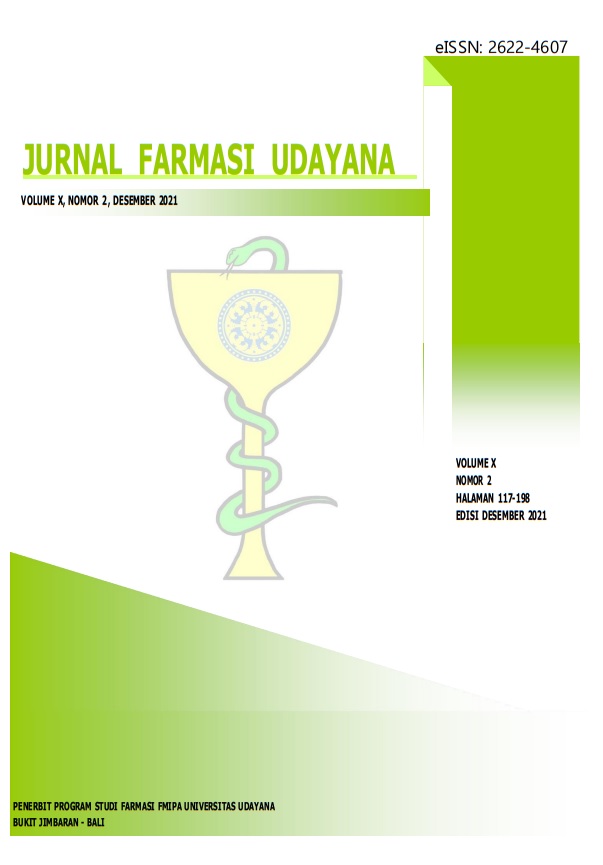In Silico Study of Nerium Oleander Compounds Against STAT-3 in Breast Cancer
Abstract
Breast cancer is a type of malignant tumor that develops in the breast due to the cell’s abnormal growth. One of the chemotherapy agents used is paclitaxel, but its use causes various side effects. Therefore, the search for other compounds that can be used as an alternative treatment with minimal side effects is carried out. The compounds of oleandrin, oleandrigenin, and odoroside A derived from the leaves of the Nerium oleander have the potential to inhibit phosphorylation activation through a pathway mediated by phospho-STAT-3. The purpose of this study was to determine the best compound through molecular and pharmacokinetic interactions of the compounds found in Nerium oleander. Interaction studies are carried out by monitoring the aspects of in silico molecular docking simulation, predictions of absorption, distribution, metabolism and toxicity through the PreADMET web were also carried out, and Lipinski’s rules. Oleandrin compounds have good pharmacokinetic activity with HIA and Caco2 absorption values ??of 94.293% and 25.490 nm/s, PPB and BBB values ??of 82.203% and 0.046%. Oleandrin has a binding energy of -7.22 kcal/mol with an inhibition constant of 5.07 µM. Oleandrin does not have mutagenic potential but does have carcinogenic potential. Oleandrin has no mutagenic potential but has carcinogenic potential. However, in vitro studies have shown that oleandrin has the ability to inhibit tumor cell proliferation and stimulate tumor cell apoptosis.




